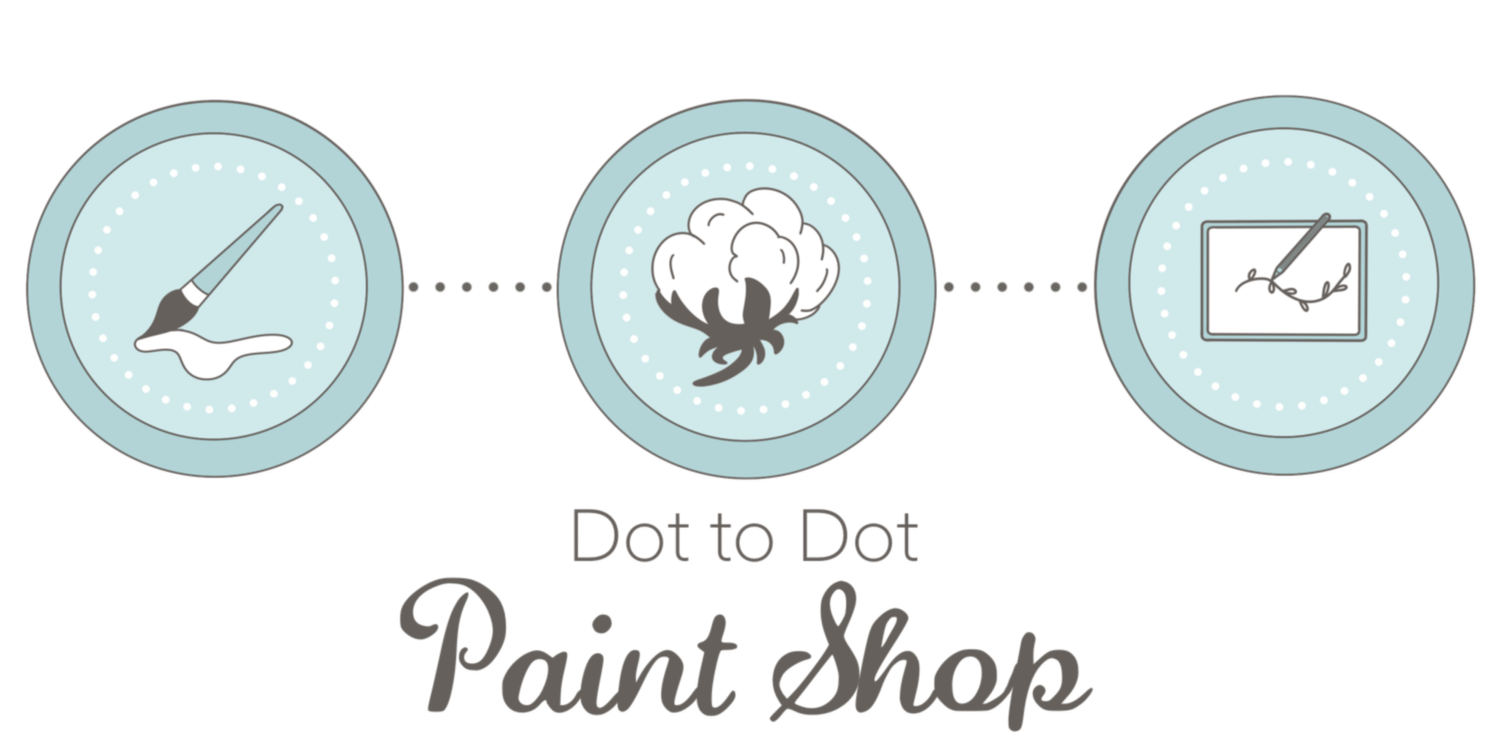Learning To Write - Fine Motor Practice.
/Young children’s movements develop in the large muscles first, and then are refined to include the muscles in the hands and fingers, so today, we will look at some fun ways to reinforce that development.
This first batch of activities is for general strengthening. Most of the activities encourage your child to use both of their hands and to bring their hands to the midline and even cross over, which is very important for handwriting. Handwriting requires the use of both hands - one to hold the paper and one to write with.
Play-doh - Most kids love to play with play-doh, yet parents are sometimes hesitant to use it because they are afraid of a mess. You can contain that mess by placing the play-doh on a tray, cookie sheet, or even a vinyl placemat. (Kids usually respond well to having a defined area to play or work.) Encourage your child to roll snakes by rolling it against the table and to use two hands to roll balls of play-doh. Pushing, smooshing and poking play-doh help to strengthen those tiny muscles.
Legos/snap blocks - Legos and other blocks that snap together require both hands to connect them and are a great way to strengthen small muscles when connecting and disconnecting them.
Threading/lacing - Threading beads on a pipe cleaner (for very young children) or a lace (for older children) is another great 2-handed activity. Lacing involves “sewing” around an object using a cord or yarn. (You can wrap tape around the end of a piece of yarn to make a stiff end for lacing/threading.)
Jars and bottles - The twisting and turning of opening and closing jar lids is a great way to isolate those small muscles.
Tongs - Let your child use clothespins or chip clips to pick up small objects such as pom-poms or pieces of pasta. Encourage them to only use one hand to do this activity. Kitchen tongs can also be used for slightly larger objects, first using both hands and eventually only one hand when they are large enough to manipulate the tongs. For a fun twist on "clean-up", let them use the tongs to pick up small toys that have been left out.
All of these activities work on the small muscles in the hands, isolating and strengthening the small movements that are required for handwriting. Next, we will look at some actual writing activities and even discover some fun ways to encourage your child to use a proper pencil grip.



